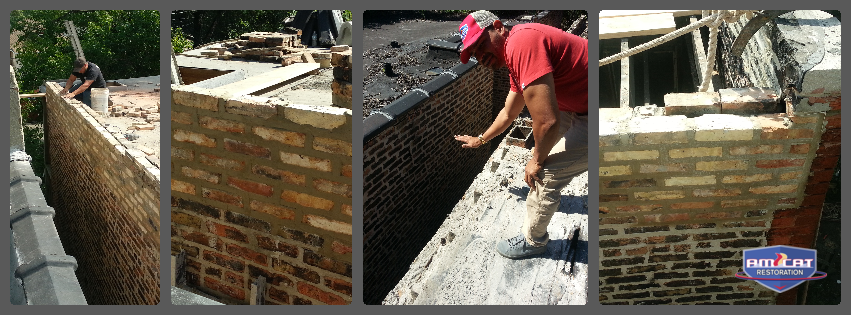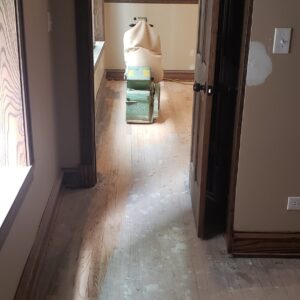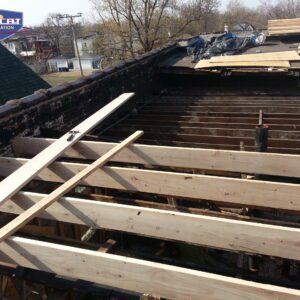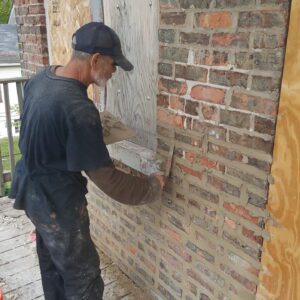
PARAPET WALL INSTALLATION
Parapet walls are mainly found on flat roofs, extending the vertical wall at the side of a house, or building past the roofline. They’re usually required when you want the roof to double as something like a terrace, balcony, facilities area, or walkway, helping to keep the area as safe as possible. Brick parapet wall It is the process of extension of the brick wall at the end of the edge of the roof. The building code requires parapets on any building where the exterior walls are required to be rated per table 602 due to fire separation distance. Parapet walls are the outermost walls that are constructed at the edges of the roof of the buildings A parapet is typically the uppermost reach of a wall that extends above the roof level and provides a degree of protection to the roof, gutters, balconies, and walkways of houses, churches, castles, apartment blocks, commercial and other buildings. a parapet wall is a free-standing, non-load-bearing wall which extends upward passed the roof line it may be constructed from brick, stone, concrete, timber, or even glass. Parapet walls can be constructed using the minimum standard height of the parapet wall should be 3 feet. According to OSHA guidelines, parapets must meet the same height requirements for fall protection as any other rooftop fall protection device. The regulations state that parapets, guard rails, and roof safety railings must be 42 inches tall, plus or minus 3 inches, to provide adequate fall protection. A parapet wall is a low protective structural layer that is built adjacent to a roof. It provides continuity and support in terms of water, air, vapor, and thermal control. The regulation of these factors helps prevent corrosion and degradation of the roof or some other pre-built adjacent structure.
The parapet wall never is constructed less than 3 feet in height. At this height, the minimum thickness of the parapet wall is 9 inches. Unreinforced solid masonry parapet walls shall be not less than 8 inches (203 mm) thick, and their height shall not exceed four times their thickness. To ensure the parapet wall is truly waterproof, ensure the membrane is dressed right over the parapet wall. This can be done either by dressing the membrane to the edge of the parapet overlapping your cann kicks and terminating it with a roof edge trim or it can be done before a capping is applied. The minimum height of a parapet wall above the roof surface is 30 inches.
Parapets can be braced from the rear using steel angle braces anchored into the parapet and connected to the roof framing. Parapets can also be braced using reinforced concrete or shotcrete placed behind the parapet and anchored. Maintaining the continuity of the insulation layer, especially the continuous exterior insulation, across the parapet is important to achieve the intended energy performance and to prevent moisture condensation on cold surfaces. To improve the energy efficiency of the building, insulation should be made continuous at the parapet wall and roof edge details. Taller parapets act like cooling fins, drawing heat out of the building where there is a gap between the roof and wall insulation. Cold walls can reach the dew point for moisture in the air, meaning that they will condense and cause dampness. The first solution is to improve the insulation on the wall itself. However, if insulation is not a possibility, or not quite doing the job, make sure you have adequate ventilation. Insulating wallpaper and liners offer an easy way to do exactly that. By naturally insulating the warmth inside a room, they are superb at maintaining a comfortable temperature all year round and reducing heat from escaping from windows, ceilings, or unsightly cracks in the wall.



































Reviews
There are no reviews yet.